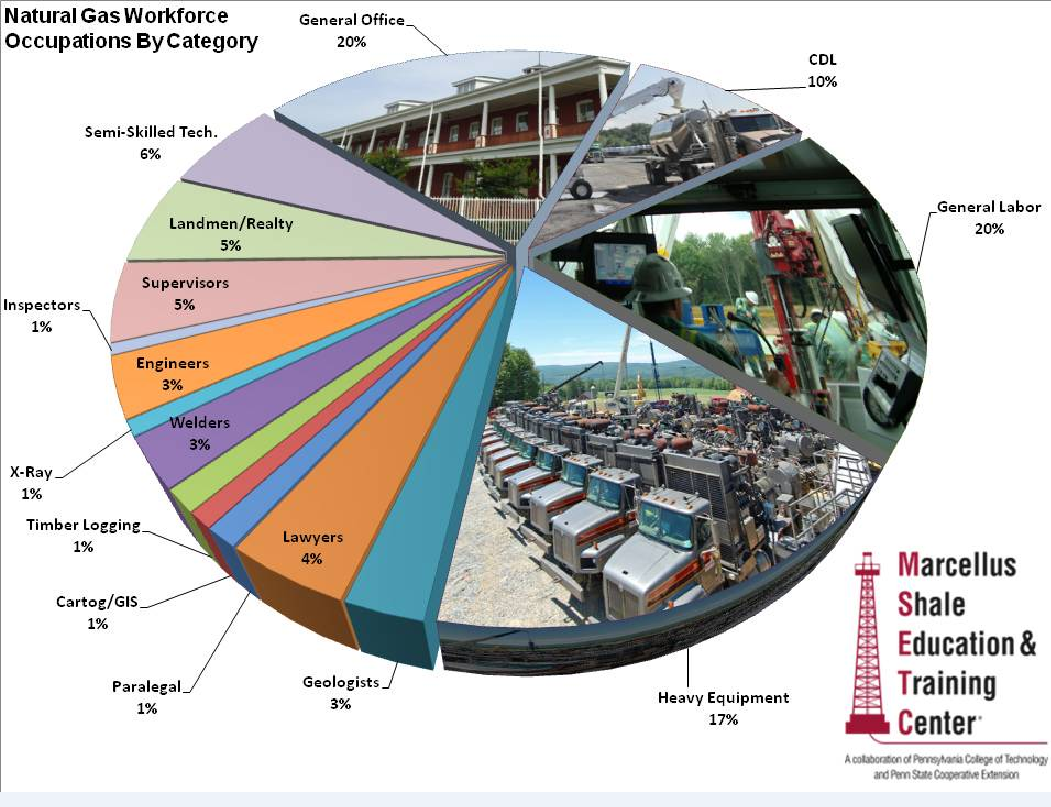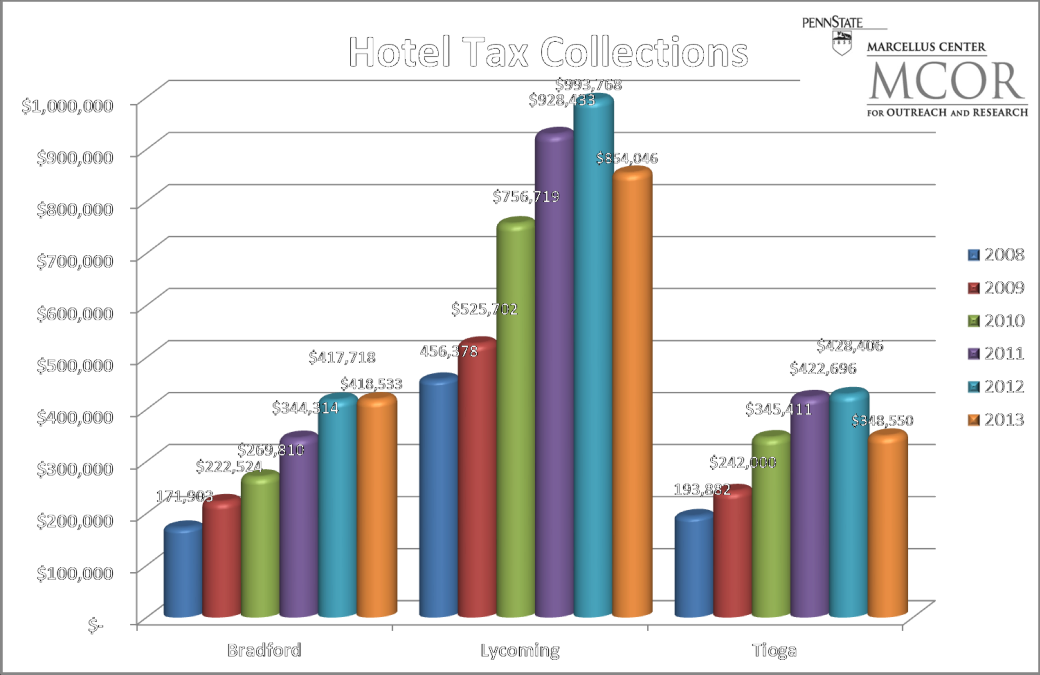10.2: Direct, Indirect and Induced Economic Impacts
- Page ID
- 15611
Recently, the Tesla Company announced that it would build a giant new factory in the Nevada desert, where it would manufacture batteries on an enormous scale. Because the factory is so large, it’s a good example to use to differentiate between three types of workforce that are commonly used in analyses of economic impacts, like in the Washington Post article or in the other studied referenced earlier in this lesson.
Direct Workforce
Construction workers will be needed to build the Tesla facility, and once it’s built it will need to be staffed with factory workers, administrative assistants, a cleaning crew and so forth. These are all examples of the direct workforce needed to sustain Tesla’s factory.
Indirect Workforce
The contractors hired to build the factory will need, in turn, to contract with land management companies, law firms and other professionals. These companies will then purchase goods and services from other businesses. When the factory is up and running, the maintenance company hired by Tesla will need to purchase goods and services from other businesses, such as cleaning and plumbing supplies. These are all examples of the indirect workforcethat contribute to sustaining Tesla’s factory. A key difference between the direct and indirect workforce is that those in the direct workforce would essentially be working for Tesla full-time. Those in the indirect workforce, such as the owners of hardware or plumbing supply stores, would sell goods and services to those in the direct workforce.
Induced Workforce
When Tesla hires people to work at its factory, those people earn wages that are then spent on other things like entertainment, health care and so forth. To the extent that the dollars earned by Tesla workers are re-circulated into the Nevada economy, these dollars help to support other jobs. In cases of very rapid build-up of industrial activity (as has happened with unconventional natural gas drilling in Pennsylvania, for example), entirely new businesses can sometimes spring up to serve new workers. These are all examples of the induced workforce that might be associated with Tesla’s factory.
Going back to the Washington Post article about the Keystone XL pipeline, it is easy to see how two people talking about “jobs” can mean different things. The Senator in support of the pipeline, who cited a figure of 42,000 jobs, was talking about the workforce inclusive of the direct, indirect and induced workforce. The Senator in opposition to the pipeline who questioned whether a figure of 42,000 jobs was realistic, was most probably talking about just the direct workforce associated with the pipeline.
Measuring the indirect and induced workforce can be tricky as we’ll see, but there is no doubt that these impacts are real. For example, bringing a single natural gas well on-line requires hundreds of people across dozens of occupations, as shown in the summary of direct and indirect workforce needs for natural gas wells in Figure 1. Only around one of out of every five of these workers are actually at the drill site (and would thus be considered part of the “direct” workforce).

Figure 1: Breakdown of occupations (direct and indirect workforce requirements) for a single natural gas well.
Source: Marcellus Shale Education and Training Center
Some of the induced impacts can be very apparent as well, and are often concentrated in service sectors. Figure 2 shows the growth of tax collections by the hotel industry in three Pennsylvania counties that have been the locus for unconventional gas drilling. The growth in tax collections, at least through the peak in drilling activity through 2013, tracks with growth in the number of wells being drilled and coming on-line in those three counties.

Source: Marcellus Center for Outreach and Research
Sometimes the spillover effects from energy project development actually outweigh the size of the direct workforce, meaning that there is a type of multiplier effect to energy development. Economists, in fact, use just this term to describe the size of these spillover effects. The employment multiplier(or just “multiplier” for short) is defined as the ratio of the size of the indirect and induced workforce to the direct workforce. A multiplier equal to one means that the spillover effect is just as large as the size of the direct workforce, and a multiplier greater than one means that the spillover effect is larger than the size of the direct workforce. Multipliers have been calculated for many different studies of the oil and gas industry and tend to range between 1.4 and 1.7 (depending on the location and type of activity). Multipliers above 2.0 are very uncommon.


